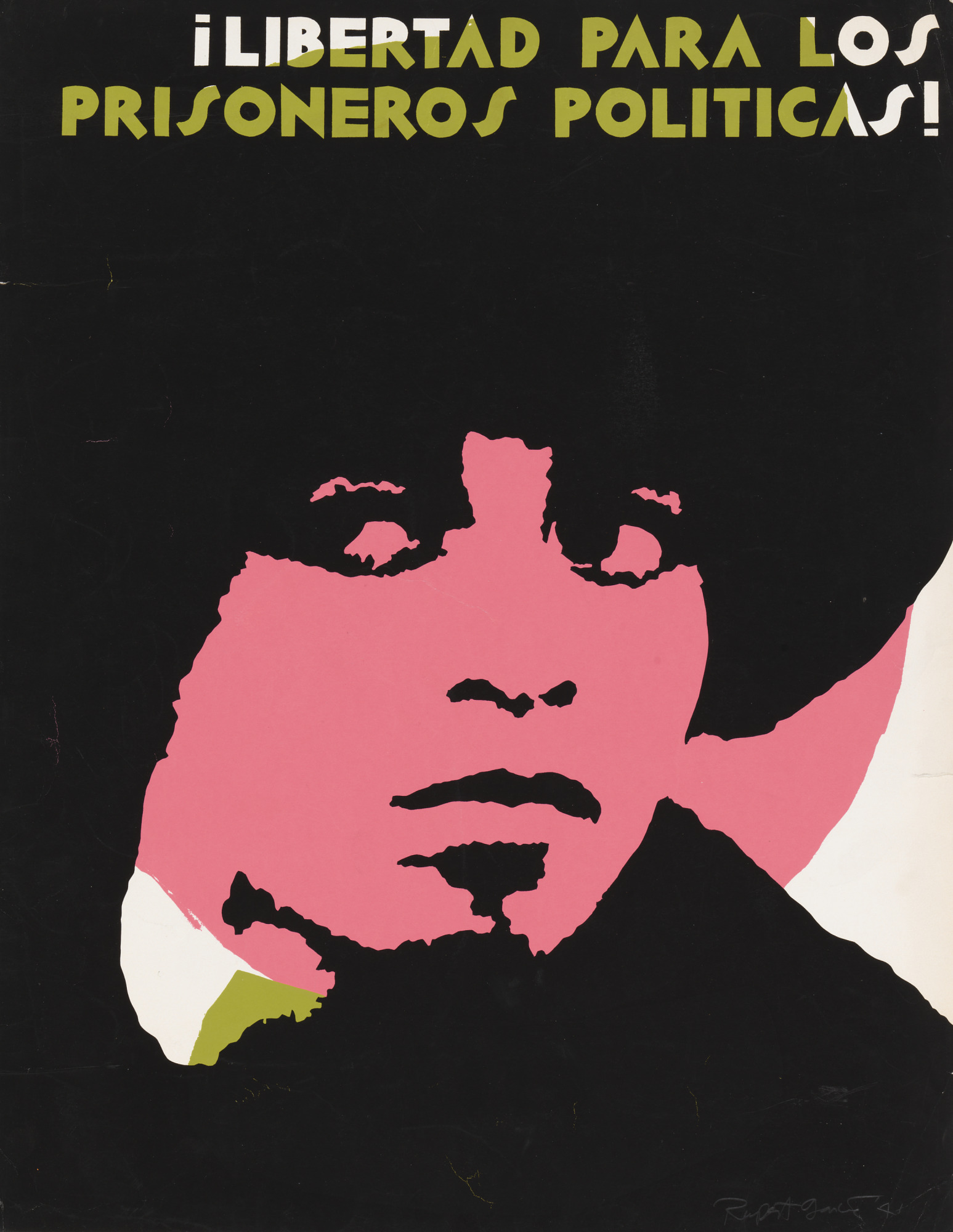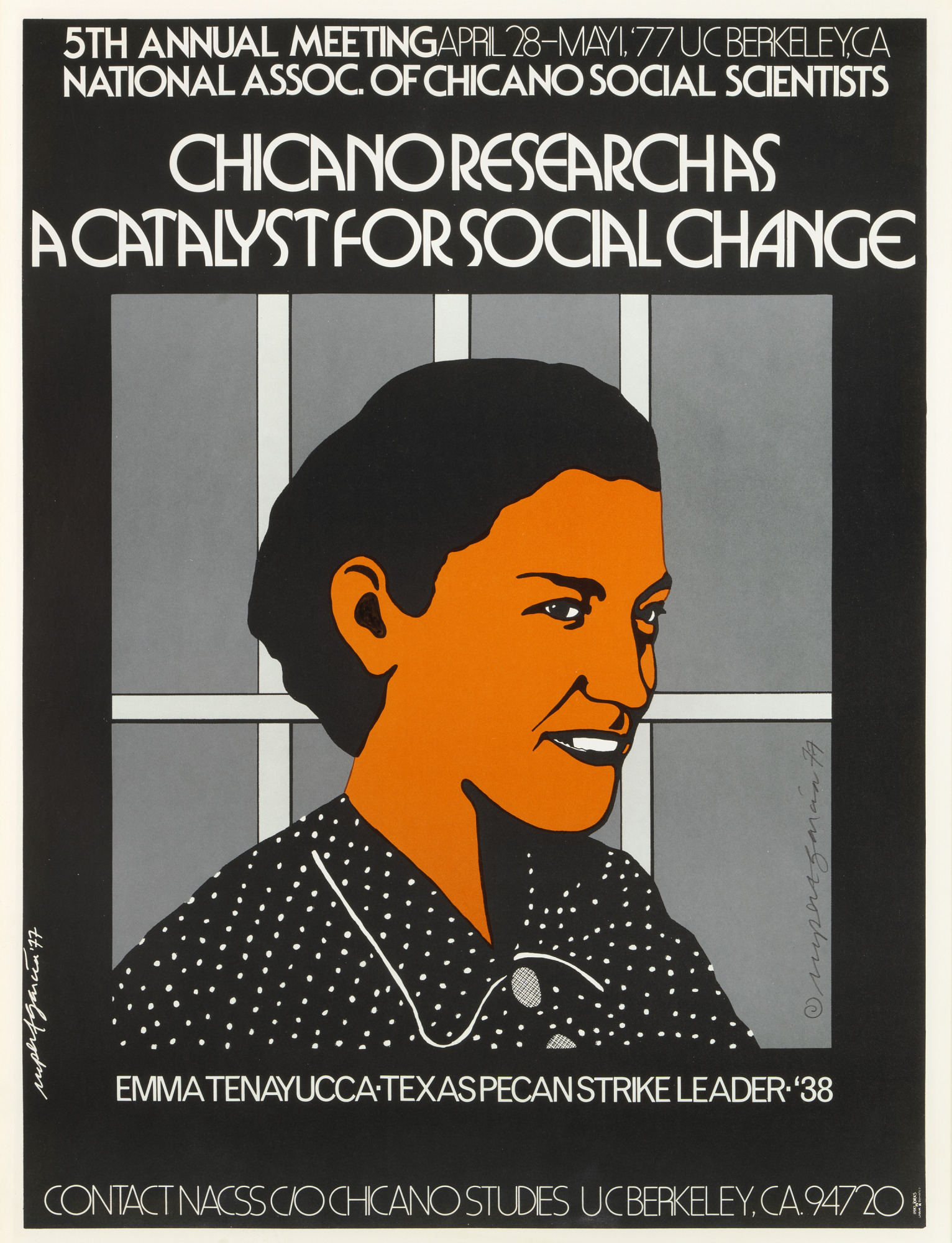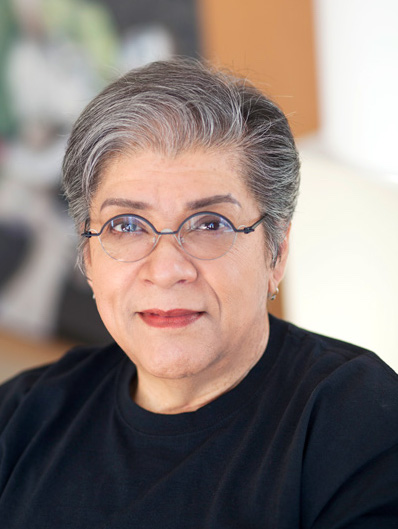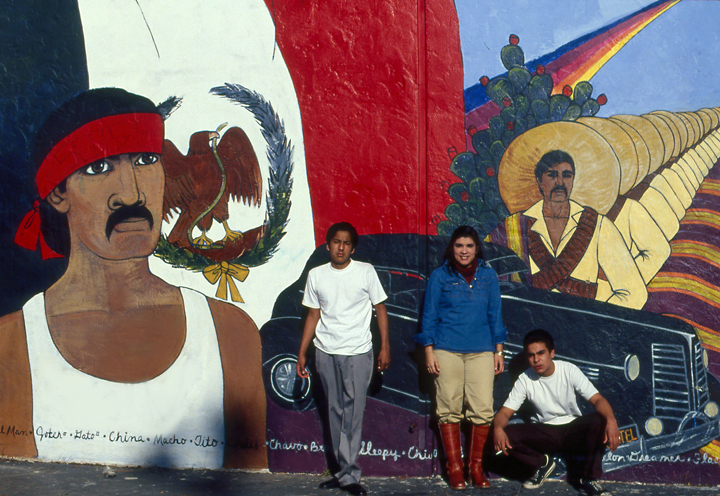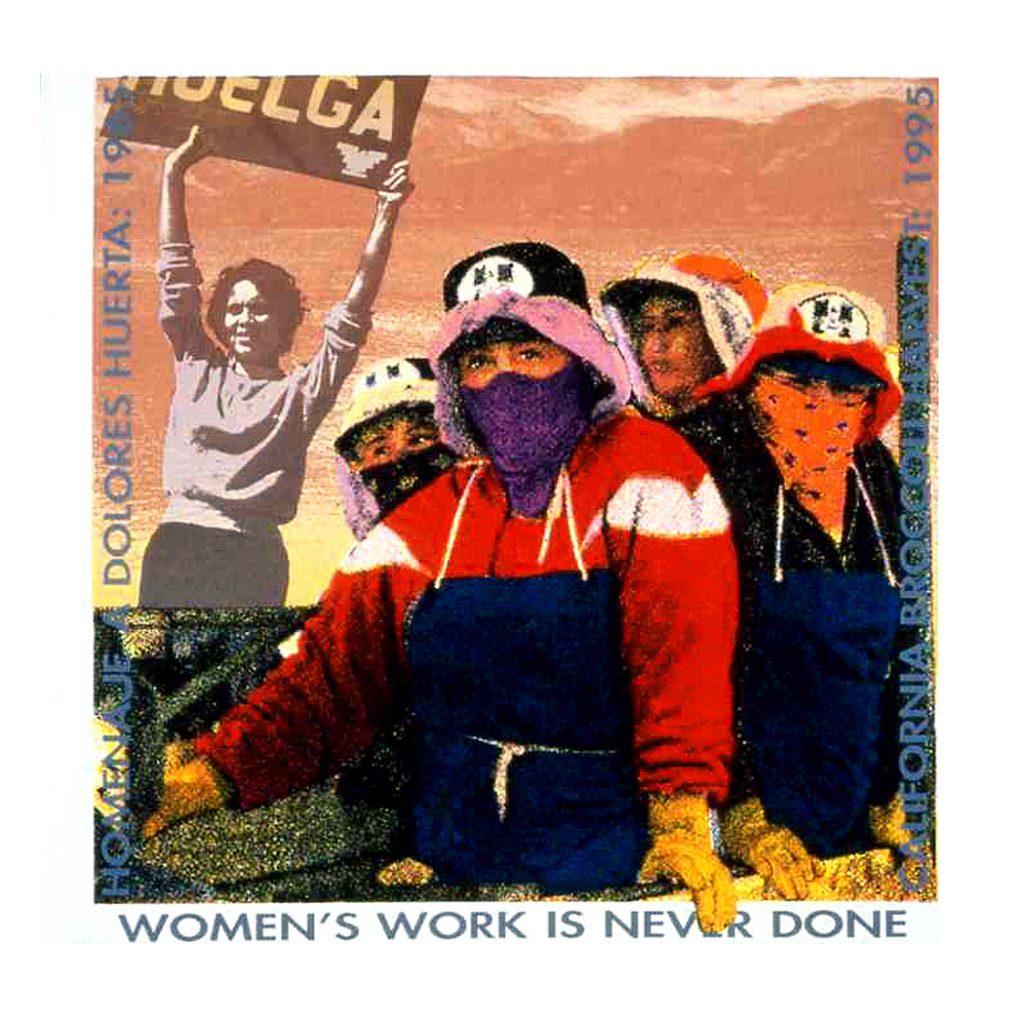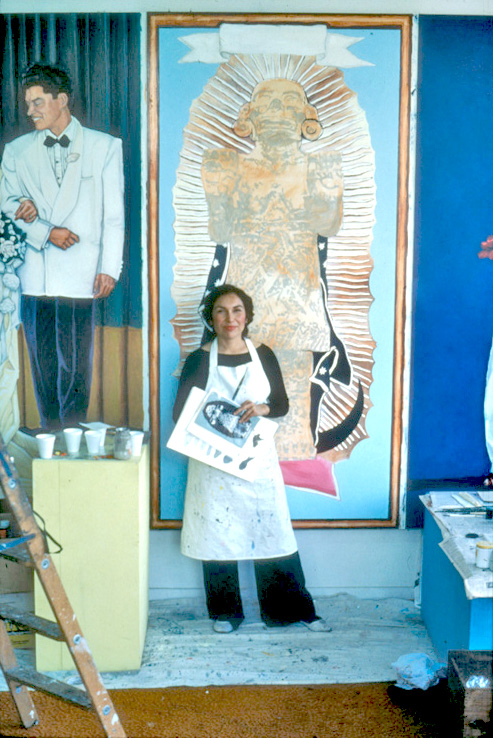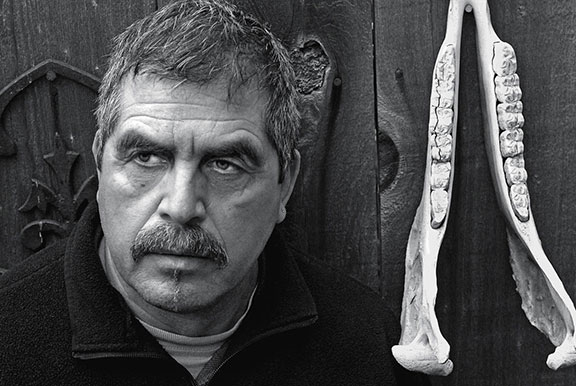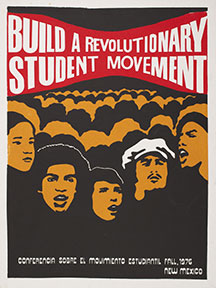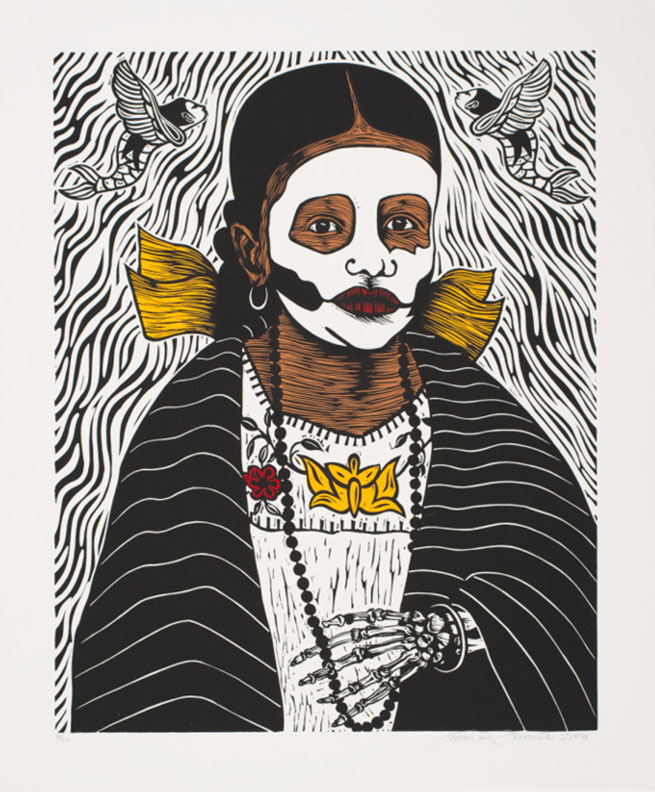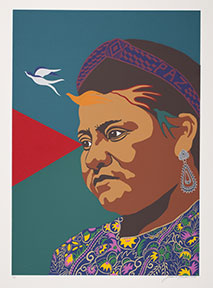"Part of our process has been really an extension of the methodology that Judy came up with in the Great Wall of Los Angeles project in which we work in relationship to the experiences and historical context of a community and we incorporate their work in their stories, their oral histories, and their ideas and we elevate them into public artworks."
- Carlos Rogel, project manager, "Muralist Judy Baca and Social and Public Art Resource Center (SPARC)." PBS, 2017.
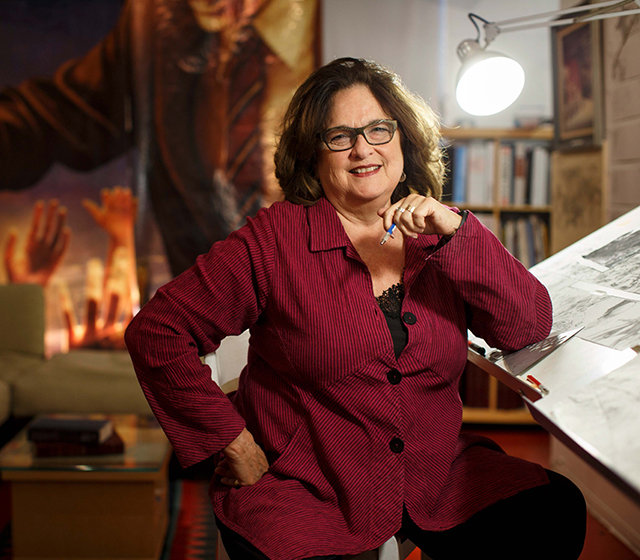
Judy Baca, Chicana muralist
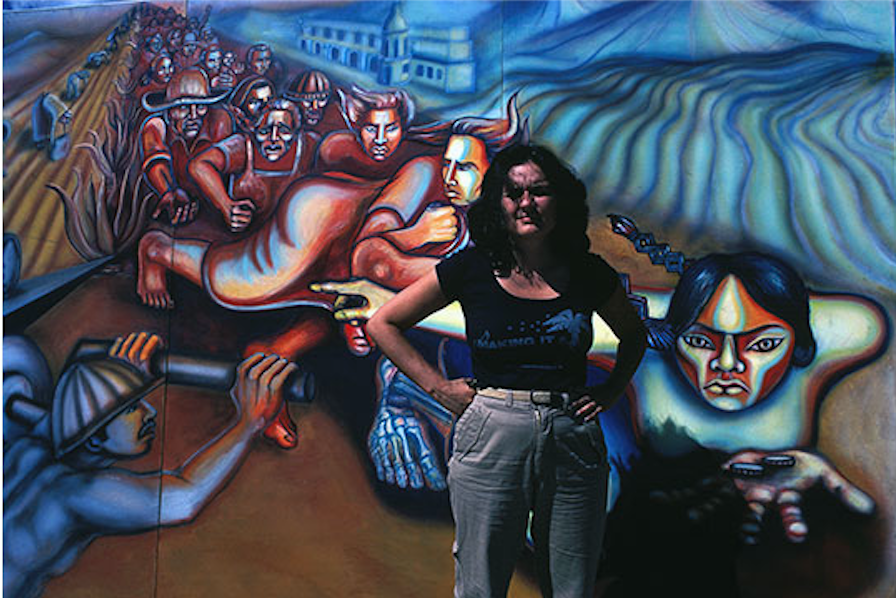
Baca, Judy. Uprising of the Mujeres. 1979.
"It's not a drop in. I'm not a drop in and a quick out artist. I'm making a relationship and a commitment. In a sense it's like I'm creating a big family."
- Judy Baca, Chicana mural artist, Videoconference interview, 2021.
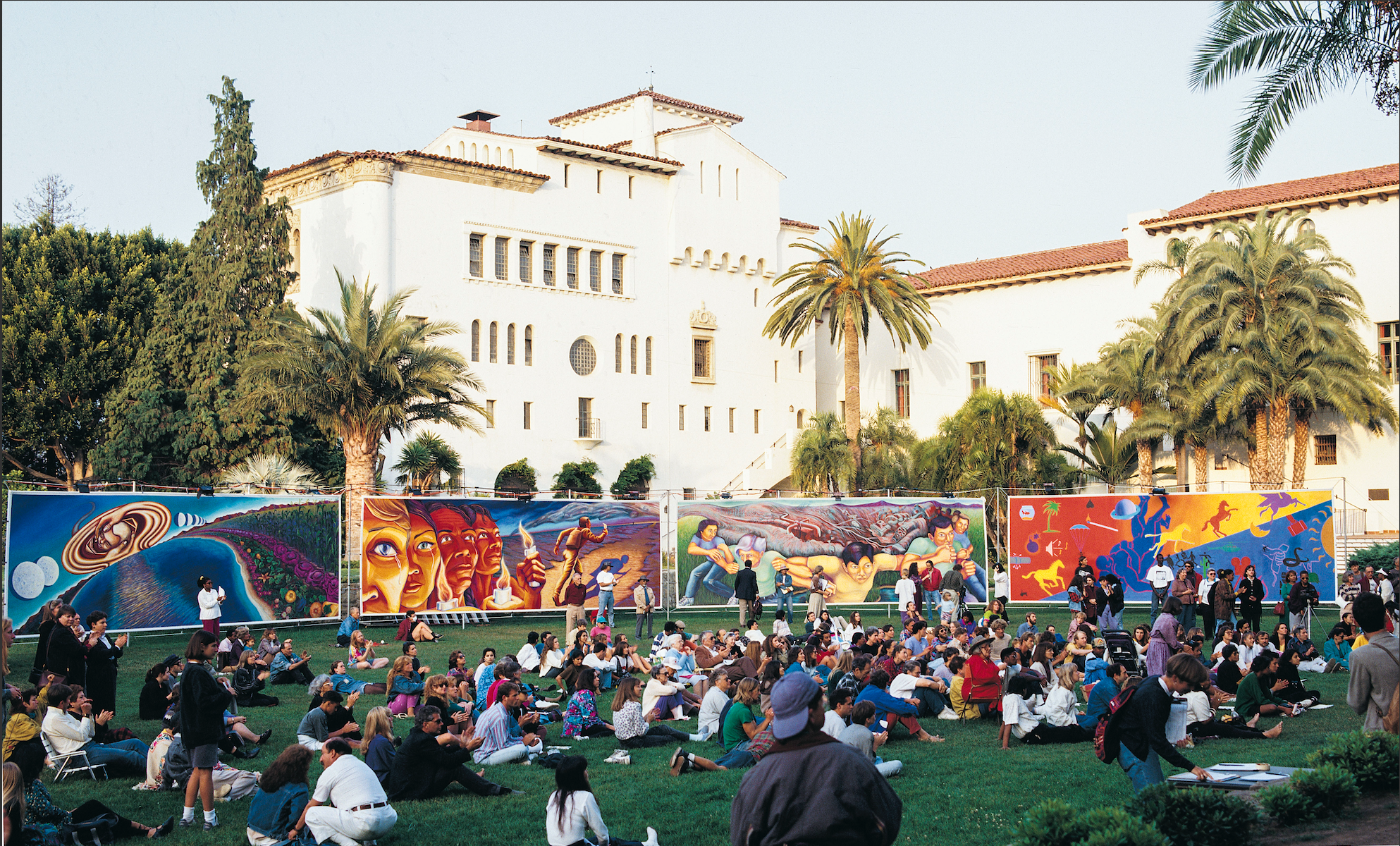
Baca, Judy. The World Wall: A Vision of the Future Without Fear. 1990.
"I think that murals can do a lot of things. It can record the stories, as I've said. The murals can also create a sort of joyful activity in which these dialogues can occur in ways they can't just verbally. The murals also can teach people skills. Young people learn to drive trucks. They learn to set up scappling. They learn to show up to work on time. They learn to collaborate with others. They learn to get along with people of different races and different age groups."
- Judy Baca, Chicana mural artist, Videoconference interview, 2021.

